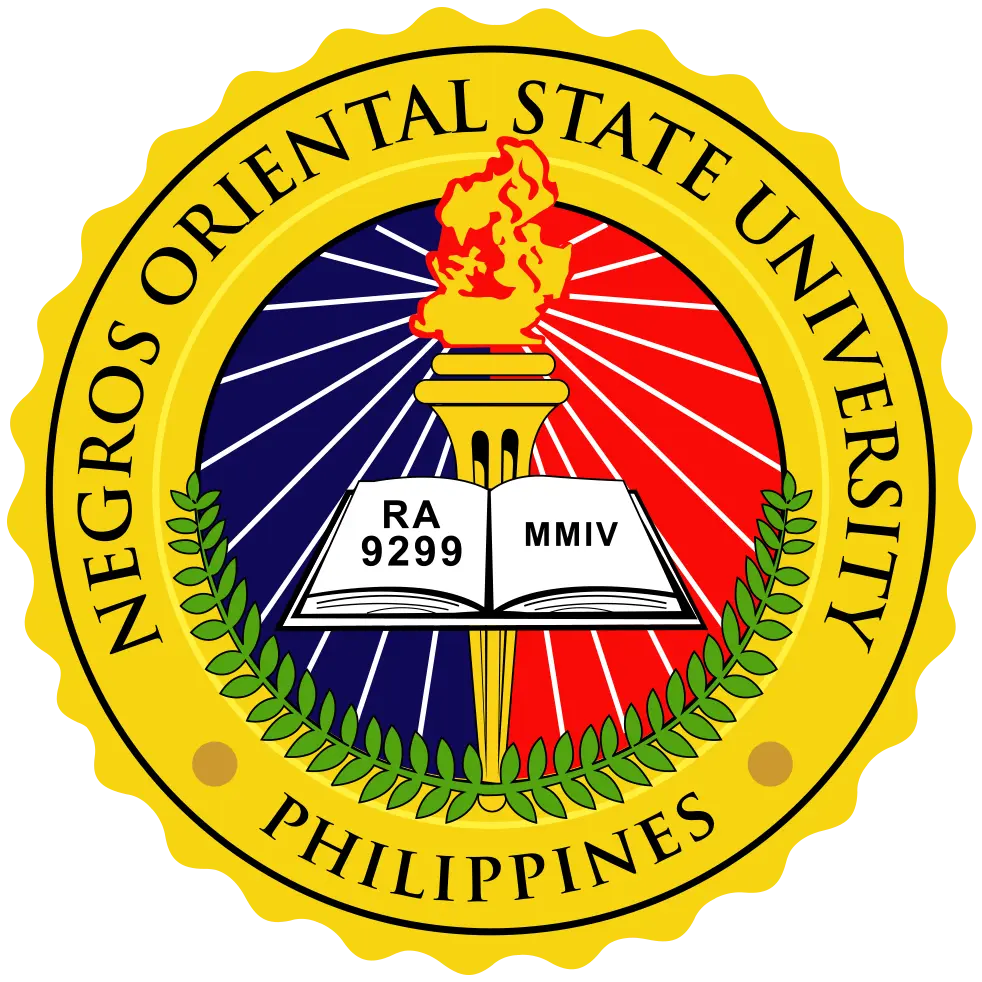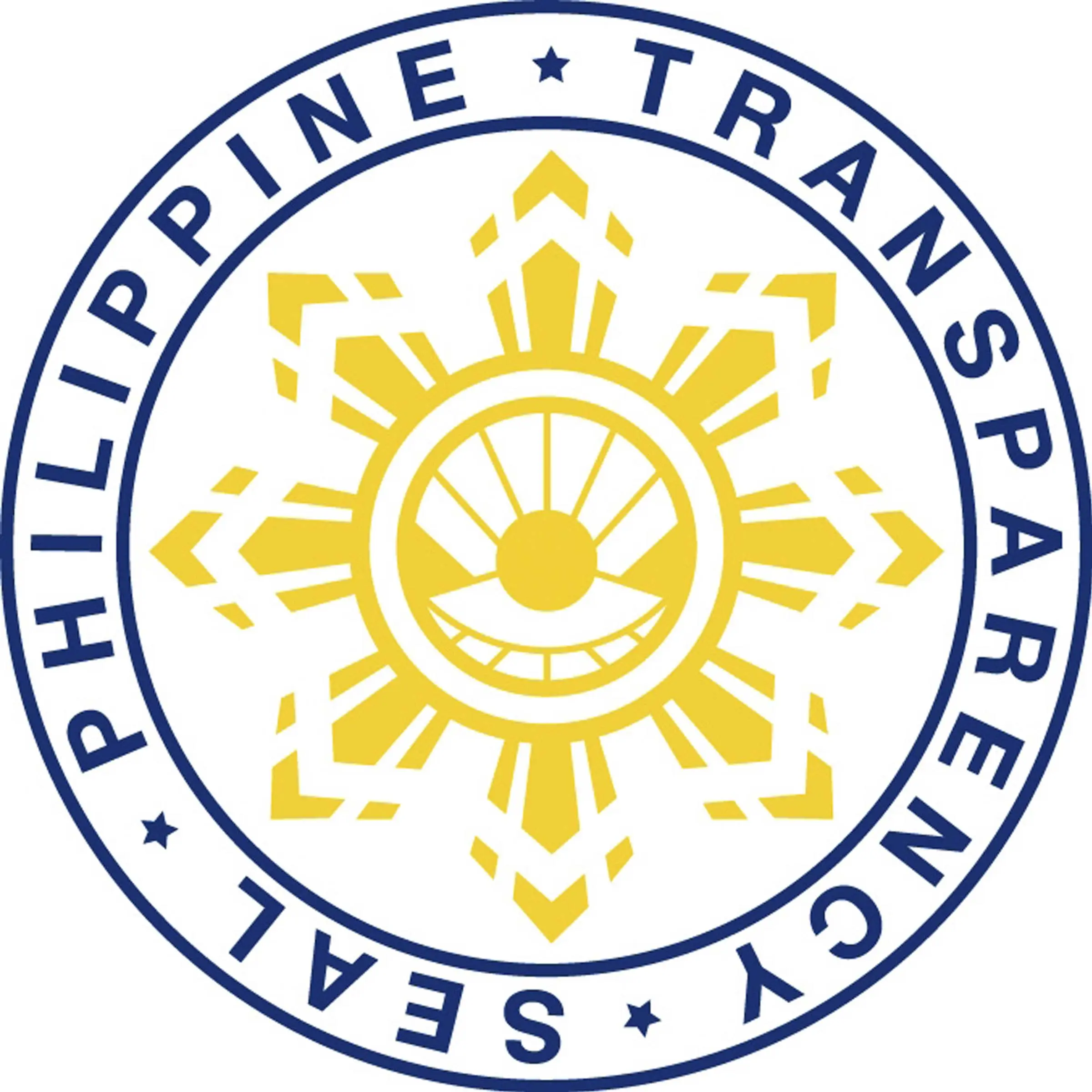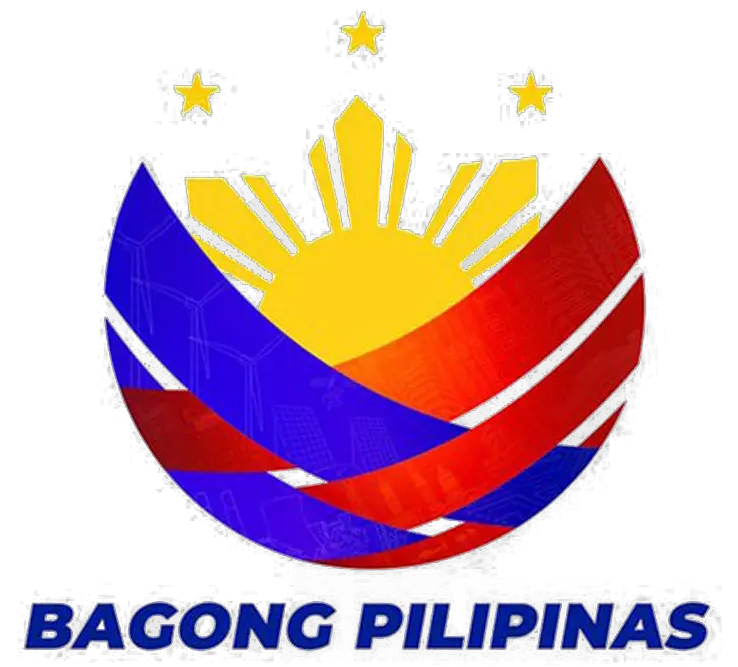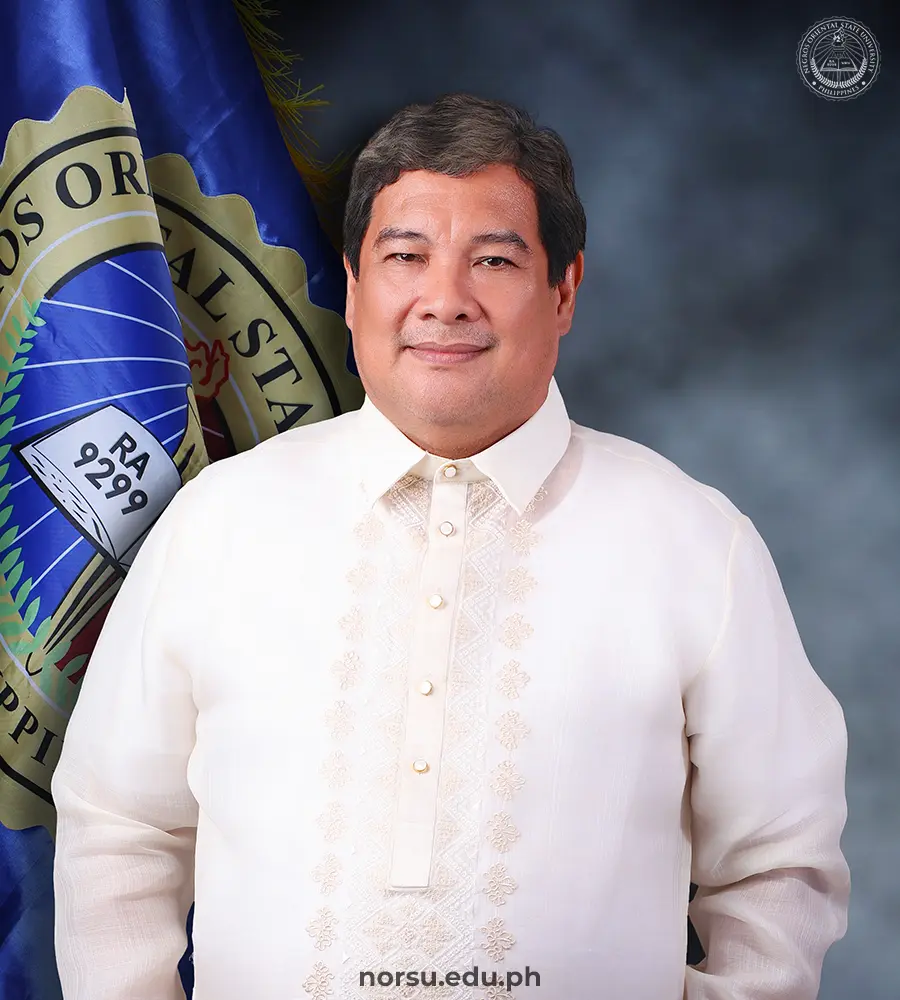The beginnings of Negros Oriental State University date back to 1907, when the governor at that time, Governor Hermenegildo Villanueva, proposed for an establishment of an industrial arts education in Negros Oriental Provincial School (NOPS), the precursor of the Negros Oriental High School (NOHS). With the approval of the new division superintendent, Mr. E.R. Hay, a Thomasite, a subject in woodworking was added in June 1907 to the offerings of Grade 5, then the highest grade offered at the NOPS.
On December 3, 1927 by virtue of Act No. 3377 of the Philippine Legislature, the woodworking class became the Negros Oriental Trade School (NOTS) where the first 25 students were officially enrolled in July 1928. Though it was already considered as a separate institution, its students, however, continued to take their academic courses in English and Mathematics at the NOPS.
With the growth in size of the Negros Oriental Trade School, it became imperative to have its own campus. Thus on July 26, 1930, Mr. Paul Wittman,the Division Superintendent of Schools for Negros Oriental, petitioned the Governor-General Henry Dwight F. Davis to reserve for the future campus of the Negros Oriental Trade School a piece of property adjoining the Catholic town cemetery, which lay at what was then the outskirts of Dumaguete. In 1932, NOTS was transferred from its premises at the ground floor of the Municipal Hall to its present campus. That same year, it conferred diplomas on its first 18 graduates.
At the height of World War II, the members of class 1942 of NOTS did not finish the school year. Like all other schools throughout the country, NOTS was closed. Some of its male faculty and students rose to join the colors. In July 1946, the school was reopened and in 1950, it became co-educational for the first time.
By virtue of Republic Act No. 1579 that was signed into law on June 16, 1956, the NOTS became the East Visayan School of Arts and Trades (EVSAT). Under this new status, EVSAT was headed by a Superintendent with a Principal assisting him in administering the academic program of the school. The responsibility for the financial support of the school also shifted from the shoulders of the province of Negros Oriental to the national government. The most salient developments in the life of the school at this time included its rise in status to a collegiate level, the diversification of its technical curriculum, and the increase in buildings, machinery and equipment.
In 1957, during the administration of Mr. Mariano P. Dagdag, EVSAT began to offer technical education courses such as machine shop, building construction, automotive mechanics, and a number of girl's trade technical courses. In 1960, Evening Opportunity Classes were introduced to make trade education accessible to adults and out-of-school youth; and in 1961, three other government schools in Negros Oriental were placed under the administration and supervision of EVSAT. These were the Negros Oriental National Agriculture School (NONAS) in Bayawan, the Guihulngan Vocational School in Guihulngan, and the Bais School of Fisheries in Bais City. To the three was subsequently added the Larena National Vocational School in Larena, Siquijor.
In 1965, EVSAT was authorized by virtue of Republic Act No. 4401 to offer a teacher education program leading to the degree of Bachelor of Science in Industrial Education (BSIE), raising EVSAT to the full status of a collegiate institution. The need for candidates for the BSIE degree, major in industrial arts, for laboratory classes to do practice teaching led EVSAT in 1967 to be authorized to open elementary classes. In later years, a high school was added as a second laboratory schools. In 1976, EVSAT's graduate program was inaugurated, starting with the Master of Education degree.
By virtue of Batas Pambansa No. 401 that was signed into law by President Ferdinand E. Marcos on June 10, 1983, the Central Visayas Polytechnic College came into being (CVPC). The state college was the merger of three government institutions in Negros Oriental, namely the EVSAT, the Bais School of Fisheries in Okiot, Bais City, and the Guihulngan Vocational School in Guihulngan, Negros Oriental.
In its educational task, the primary responsibility of the CVPC was to give professional and technical training in science and technology, advanced specialized instruction in literature, philosophy, arts and sciences, besides providing for the promotion of scientific and technological researchers. The State College was authorized to offer undergraduate courses in liberal arts, engineering, fisheries, agriculture, and short-term vocational courses for the passage of five years and at the discretion of its Board of Trustees.
On December 11, 1986, Atty. Marcelo C. Jalandoon was formally appointed as the first President of CVPC. President Jalandoon's administration encompassed the transition period after Martial Law. Philippine education was faced with the great challenge of responding to the compelling need to stabilize the country's political situation by solidifying its economic foundations and fulfilling popular expectations of a better life, now that freedom has been recovered from the morass of oppressive days.
In 1991, the solid foundation established by the earnest efforts of CVPC's previous administrators and the unflagging commitment to service of its faculty and staff waited only for the right person to take over the helm of leadership for the State College to forge ahead with the new vigor and direction. The man of the hour was Dr. Henry A. Sojor, who was appointed by President Corazon C. Aquino on August 1, 1991, as the second president of the College. In his first term as President from 1992, Dr. Sojor placed high priority in advancing the programs of CVPC under seven categories; namely, academic programming and instructional development, research, extension service, capital development, international linkages and partners, and production.
Through Republic Act No. 9299 signed by President Gloria Macapagal Arroyo on June 25, 2004, Central Visayas Polytechnic College (CVPC) was converted into Negros Oriental State University (NORSU), integrating three other colleges in the province; namely, Genaro Goňi Memorial College in the City of Bais, the Siaton Community College in the Municipality of Siaton, and the Mabinay Institute of Technology in the Municipality of Mabinay.
Currently, the University is headed by Dr. Noel Marjon E. Yasi.








